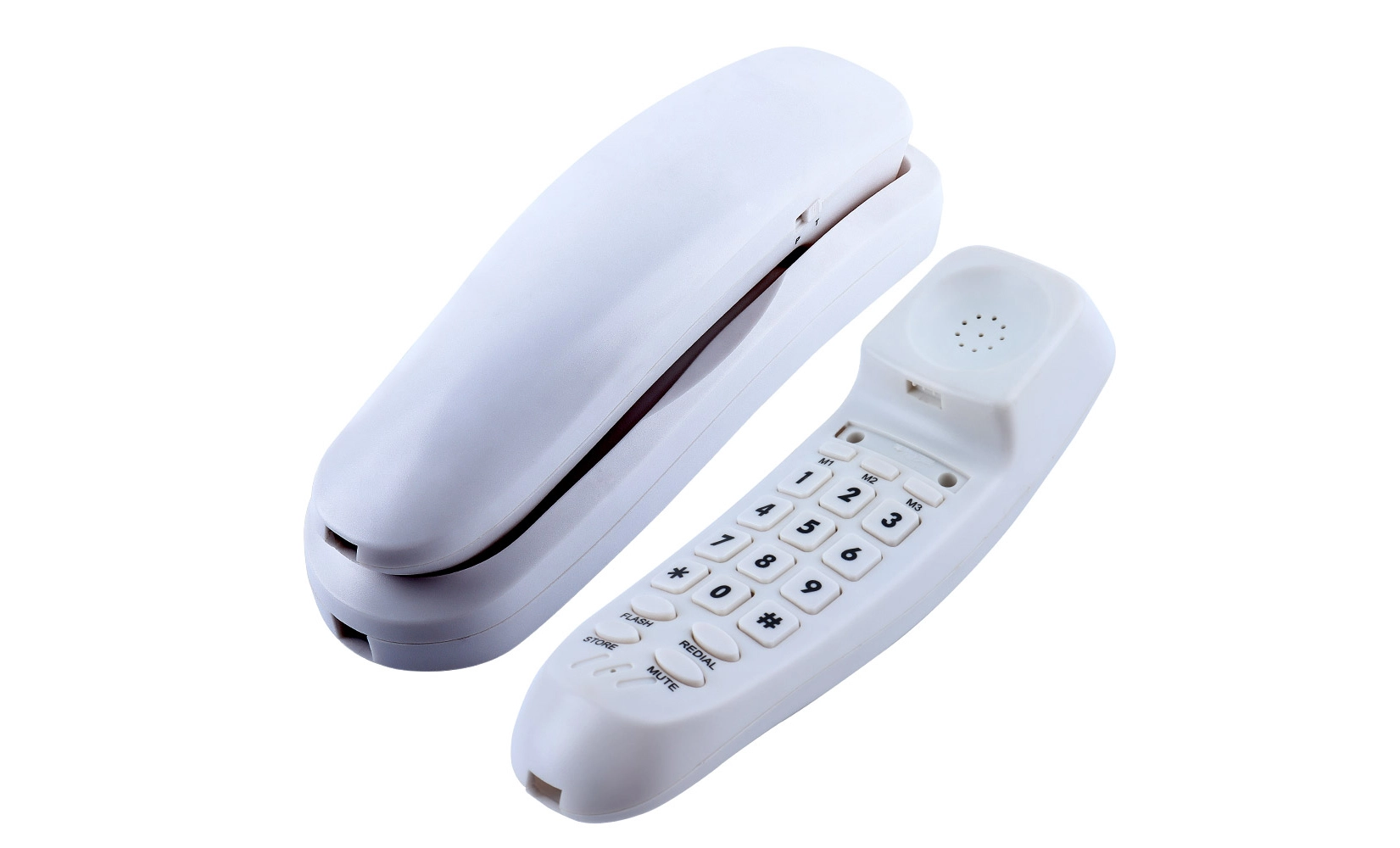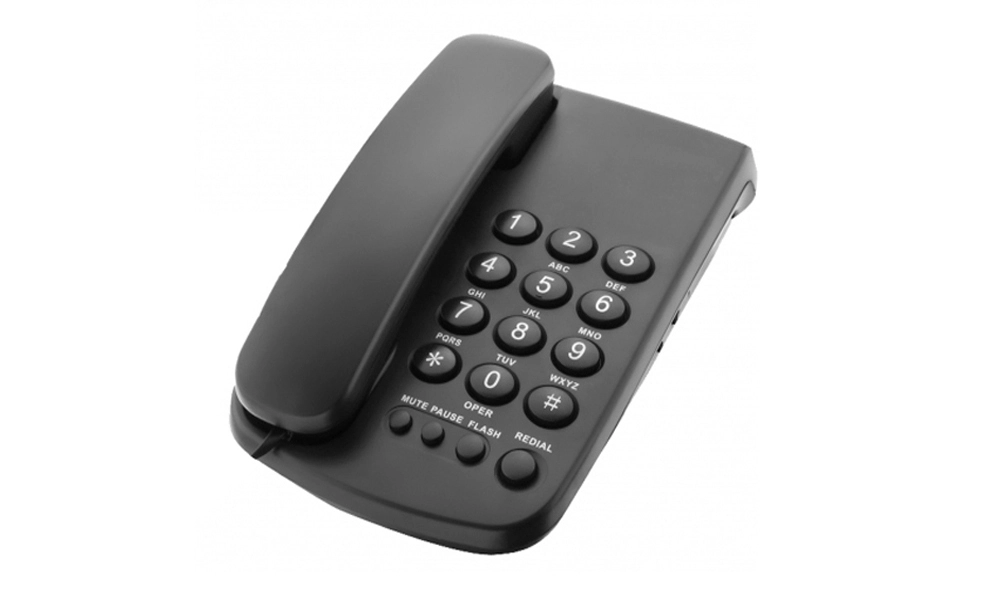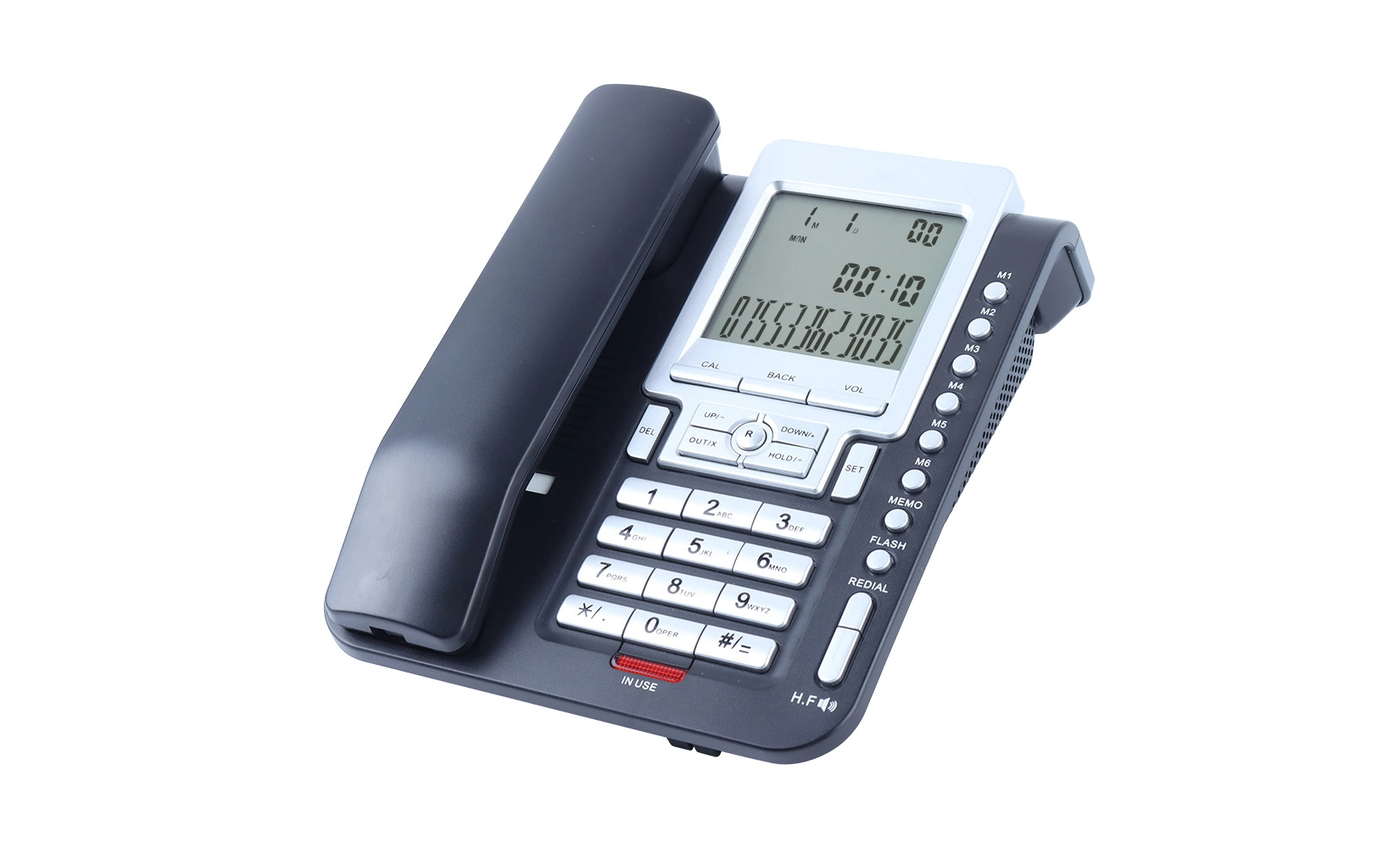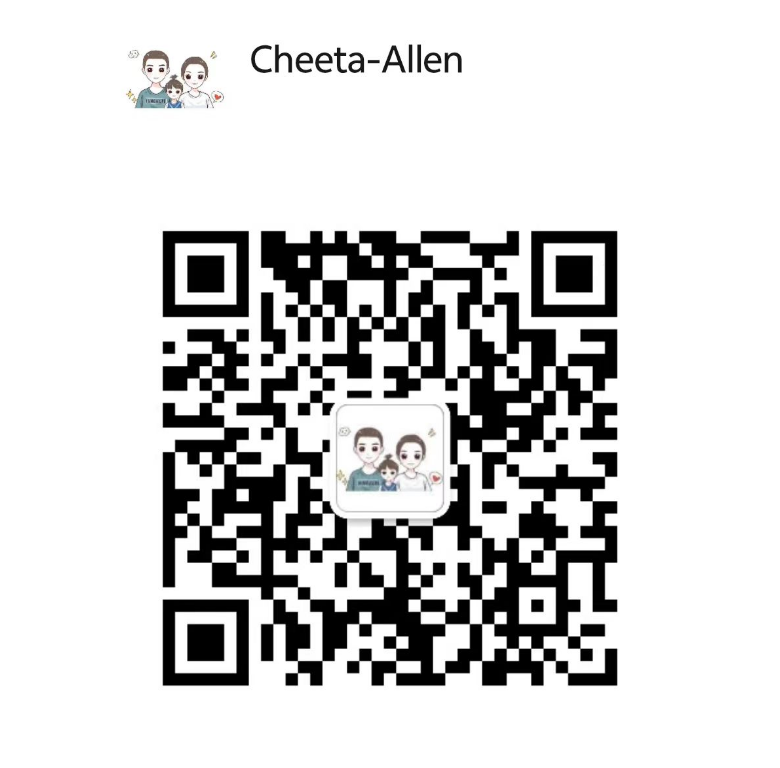Understanding Hearing Loss and Communication Challenges
Hearing loss affects millions of people worldwide, impacting their ability to communicate effectively. This condition can range from mild to profound and may occur gradually or suddenly. For many individuals with hearing impairments, engaging in phone conversations can be particularly challenging due to the absence of visual cues and the potential for background noise interference.
The World Health Organization estimates that over 5% of the global population experiences disabling hearing loss. This statistic underscores the importance of developing assistive technologies like loud telephones to improve communication accessibility. As hearing loss becomes more prevalent with age, the demand for these specialized devices is expected to grow in the coming years.
Types of Hearing Loss
Understanding the different types of hearing loss is crucial when considering the benefits of loud telephones:
- Conductive Hearing Loss: Occurs when sound waves cannot efficiently travel through the outer and middle ear.
- Sensorineural Hearing Loss: Results from damage to the inner ear or auditory nerve.
- Mixed Hearing Loss: A combination of conductive and sensorineural hearing loss.
Each type of hearing loss presents unique challenges, and loud telephones can be particularly beneficial for individuals with conductive or mild to moderate sensorineural hearing loss.
Communication Barriers
People with hearing loss often face numerous communication barriers in their daily lives, including:
- Difficulty understanding speech in noisy environments
- Trouble discerning high-pitched sounds or soft consonants
- Challenges in following group conversations
- Fatigue from straining to hear and understand speech
These barriers can lead to social isolation, reduced quality of life, and even cognitive decline if left unaddressed. Loud telephones serve as a vital tool in breaking down these communication barriers, enabling individuals with hearing loss to maintain connections with friends, family, and colleagues.
How Loud Telephones Work: Technology and Features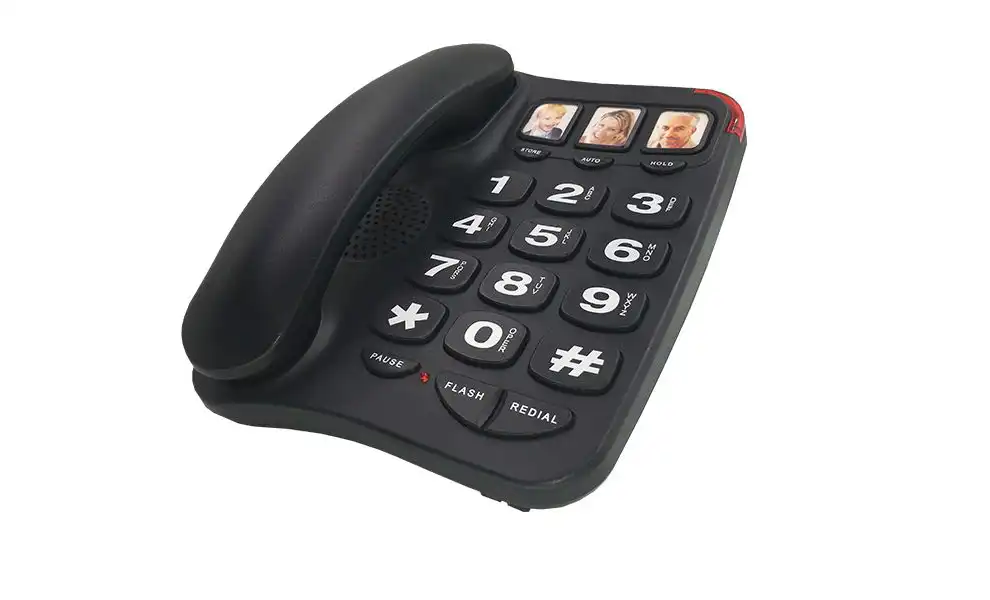
Loud telephones, also known as amplified phones, are specifically designed to enhance sound output and clarity for users with hearing impairments. These devices incorporate various technologies and features to make phone conversations more accessible and enjoyable.
Sound Amplification
The primary feature of loud telephones is their ability to amplify incoming sound. Most models offer adjustable volume controls that can increase the sound level up to 50 decibels or more above standard telephones. This amplification helps users with hearing loss to hear conversations more clearly without straining.
Frequency Adjustment
Many loud telephones allow users to adjust the frequency range of incoming sound. This feature is particularly beneficial for individuals with specific types of hearing loss that affect certain frequency ranges. By customizing the audio output, users can optimize their listening experience based on their unique hearing needs.
Visual Indicators
To complement audio enhancements, loud telephones often include visual indicators such as:
- Bright, flashing ringers to alert users of incoming calls
- Large, backlit displays for easy reading of caller ID information
- Visual voicemail indicators
These visual cues ensure that users don't miss important calls or messages, even in situations where they may not hear the phone ring.
Compatibility with Hearing Aids
Many loud telephones are designed to be compatible with hearing aids, featuring:
- T-coil compatibility for direct audio input to hearing aids
- Adjustable tone control to reduce interference and feedback
- Specialized headset jacks for connecting assistive listening devices
This compatibility ensures that users can leverage their existing hearing aids in conjunction with their loud telephone for optimal communication.
 Choosing the Right Loud Telephone: Factors to Consider
Choosing the Right Loud Telephone: Factors to Consider
Selecting the appropriate loud telephone is crucial for ensuring effective communication for individuals with hearing loss. Several factors should be taken into account when making this important decision.
Amplification Level
The required amplification level varies depending on the severity of hearing loss. Consider the following guidelines:
- Mild hearing loss: Look for phones with 30-40 decibel amplification
- Moderate hearing loss: Opt for 40-50 decibel amplification
- Severe hearing loss: Choose phones offering 50+ decibel amplification
It's advisable to consult with an audiologist to determine the most suitable amplification level for your specific needs.
Additional Features
Beyond amplification, consider these features that can enhance usability:
- Large, easy-to-press buttons for individuals with dexterity issues
- Speakerphone functionality for hands-free operation
- Adjustable tone control for customizing sound quality
- Built-in answering machine with slow playback options
- Emergency call buttons for quick access to help
Compatibility and Connectivity
Ensure the loud telephone is compatible with your existing phone system and any assistive devices you use. Consider:
- Landline vs. cellular compatibility
- Bluetooth connectivity for wireless headsets
- Compatibility with hearing aids and cochlear implants
Ergonomics and Design
The physical design of the telephone can significantly impact its usability. Look for:
- Comfortable handset shape and weight
- Intuitive button layout
- Clear, high-contrast displays
- Sturdy construction for long-term durability
By carefully considering these factors, individuals with hearing loss can select a loud telephone that best meets their communication needs and enhances their quality of life.
Conclusion
Loud telephones play a crucial role in improving communication accessibility for people with hearing loss. These specialized devices offer a range of features designed to enhance sound quality, amplify volume, and provide visual cues to support effective telephone conversations. By understanding the technology behind loud telephones and carefully considering individual needs, users can select the most suitable device to overcome communication barriers and maintain important connections with friends, family, and colleagues.
As technology continues to advance, we can expect even more innovative solutions to emerge in the field of assistive communication devices. For those seeking high-quality loud telephones, CHEETA remains committed to developing cutting-edge products that meet the diverse needs of individuals with hearing impairments. Our extensive experience in OEM/ODM services, combined with our state-of-the-art manufacturing facilities, allows us to deliver reliable and customizable solutions to customers worldwide.
Experience Clear Communication with CHEETA's Loud Telephones | CHEETA
At CHEETA, we're dedicated to providing top-quality loud telephones that enhance communication for individuals with hearing loss. Our 18+ years of expertise in OEM/ODM services and state-of-the-art manufacturing facility enable us to produce reliable, customizable solutions that meet global standards. Whether you're a distributor, retailer, or end-user seeking high-performance loud telephones, our team is ready to assist you. Contact us at allen@cheeta.com.cn to explore our range of products and learn how we can meet your specific communication needs with our innovative telephone solutions.

References
1. World Health Organization. (2021). "World Report on Hearing." Geneva: WHO Press.
2. National Institute on Deafness and Other Communication Disorders. (2022). "Hearing Loss and Older Adults." Bethesda, MD: NIDCD.
3. American Speech-Language-Hearing Association. (2023). "Types of Hearing Loss." Rockville, MD: ASHA.
4. Hearing Loss Association of America. (2022). "Choosing a Telephone." Bethesda, MD: HLAA.
5. Journal of the American Geriatrics Society. (2021). "Impact of Hearing Loss on Communication in Older Adults." Wiley-Blackwell.
 For individuals with hearing impairments, communication can be a daily challenge.
For individuals with hearing impairments, communication can be a daily challenge. 

